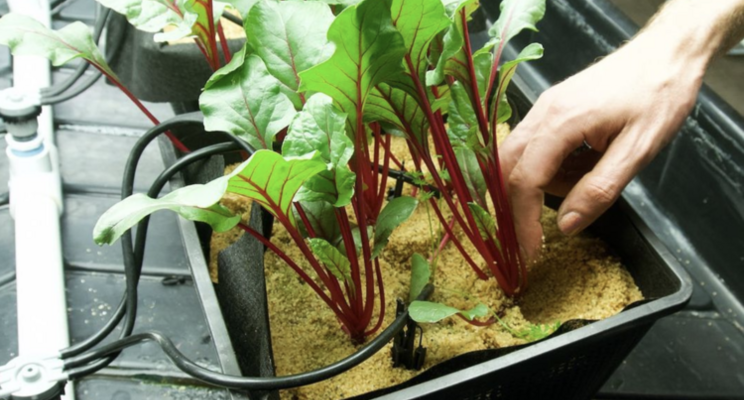These businesses reuse their waste for a circular food system
Added on 27 March 2022

Editor's note: The following information is derived from an interview between Agritecture and Eric Weber, Circular Economy Project Specialist at Plant Chicago. This post is part of a series of urban agriculture-related interviews conducted by Agritecture's Director of Business Development, Jeffrey Landau, on his travels to farms around the United States. Follow Jeffrey's adventure here.
According to the Food and Agriculture Organization of the United Nations (FAO), a third of the food produced globally, or 1.6 billion tons, is lost or wasted annually.
This is particularly shocking because the United Nations reported that more than 2.3 billion people, or 30% of the global population, lacked year-round access to adequate food in 2020.
In the U.S. alone, the production of lost or wasted food generates the equivalent of 32.6 million cars' worth of greenhouse gas emissions. It is said to be the single most common material landfilled and incinerated in the U.S. Additionally, according to The Washington Post, the carbon footprint of U.S. food waste is greater than that of the airline industry.
In response to these growing concerns, the USDA and EPA announced the U.S. 2030 Food Loss and Waste Reduction goal.
As the first-ever domestic goal to reduce food loss and waste, it seeks to cut food loss and waste in half by 2030. The EPA states that "by acting on this goal, the U.S. can reduce climate and environmental impacts associated with food loss and waste while improving food security and saving money for families and businesses."
To meet this goal and reduce national emissions, we need to prevent food waste from being generated in the first place.
Alternatively, we can also rethink agricultural waste as a resource.
Circular agriculture, also known as closed-loop agriculture, is a farming method working with nature rather than against it.
According to the International Food Policy Research Institute, It starts with restoring soil fertility. Healthy soil is crucial - it acts as a buffer during extreme weather and limits nitrogen losses to air and water.
To minimize the volume of raw materials, companies will upcycle products from one chain as feedstocks for another. The goal is to close the loop as locally as possible - whether within a company, at the local level, within a country, or across national borders. For example:
1. A crop farmer can create ideal conditions to attract beneficial insects to grow potatoes, beets, and wheat to avoid pesticide use.
2. A greenhouse can produce energy from the company's own plant waste, such as discarded roots.
3. A farm can repurpose waste from other industries to create its own substrate blocks for crops to grow.
4. A city's residual waste streams can be used for animal feed.
5. An aquaponics farm can take the would-be waste output of highly nutrient water and deliver it directly to plants, cleaning it and reducing the dependence on added fertilizer.
Continue reading on Agritecture.
Photo Caption: Plant Chicago's designed hydroponic setup for root vegetables in the Indoor Victory Garden; Image sourced from Plant Chicago
Source: Agritecture
More news















